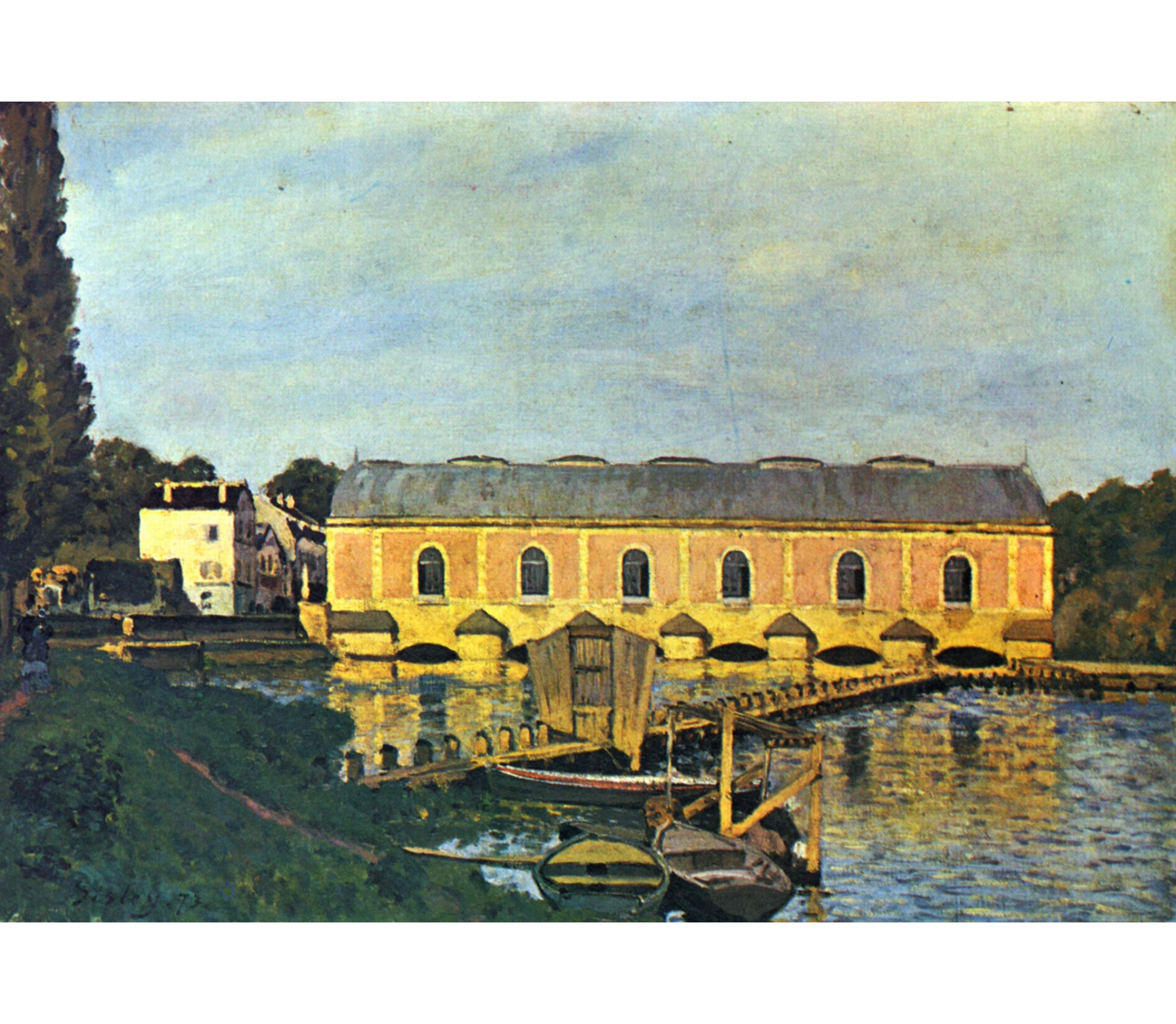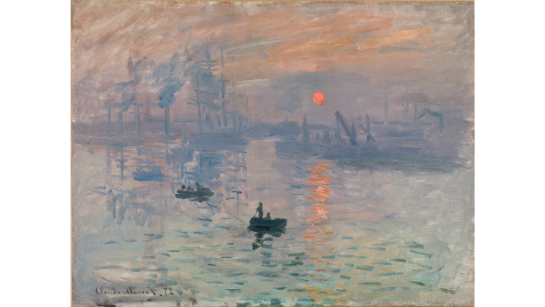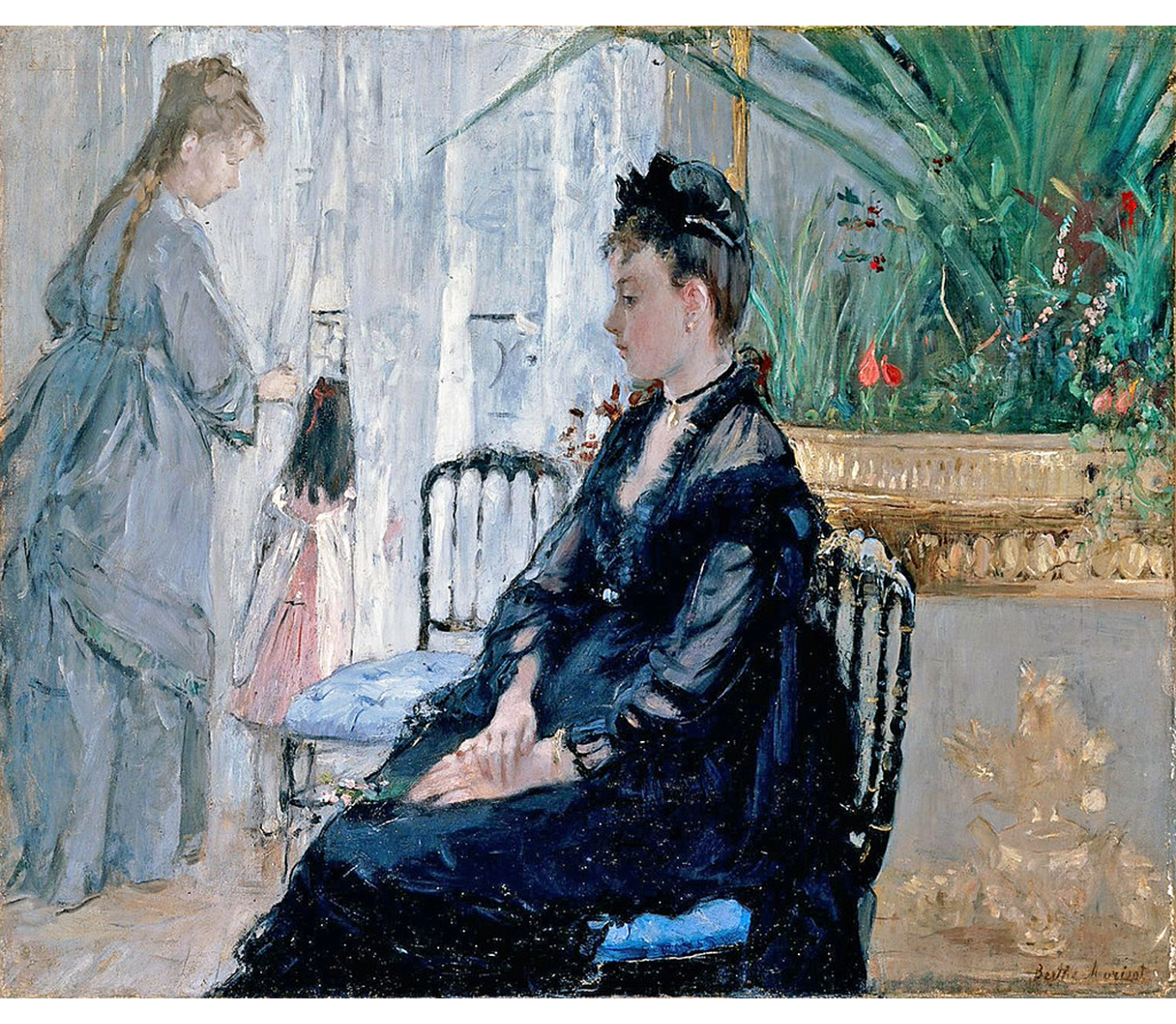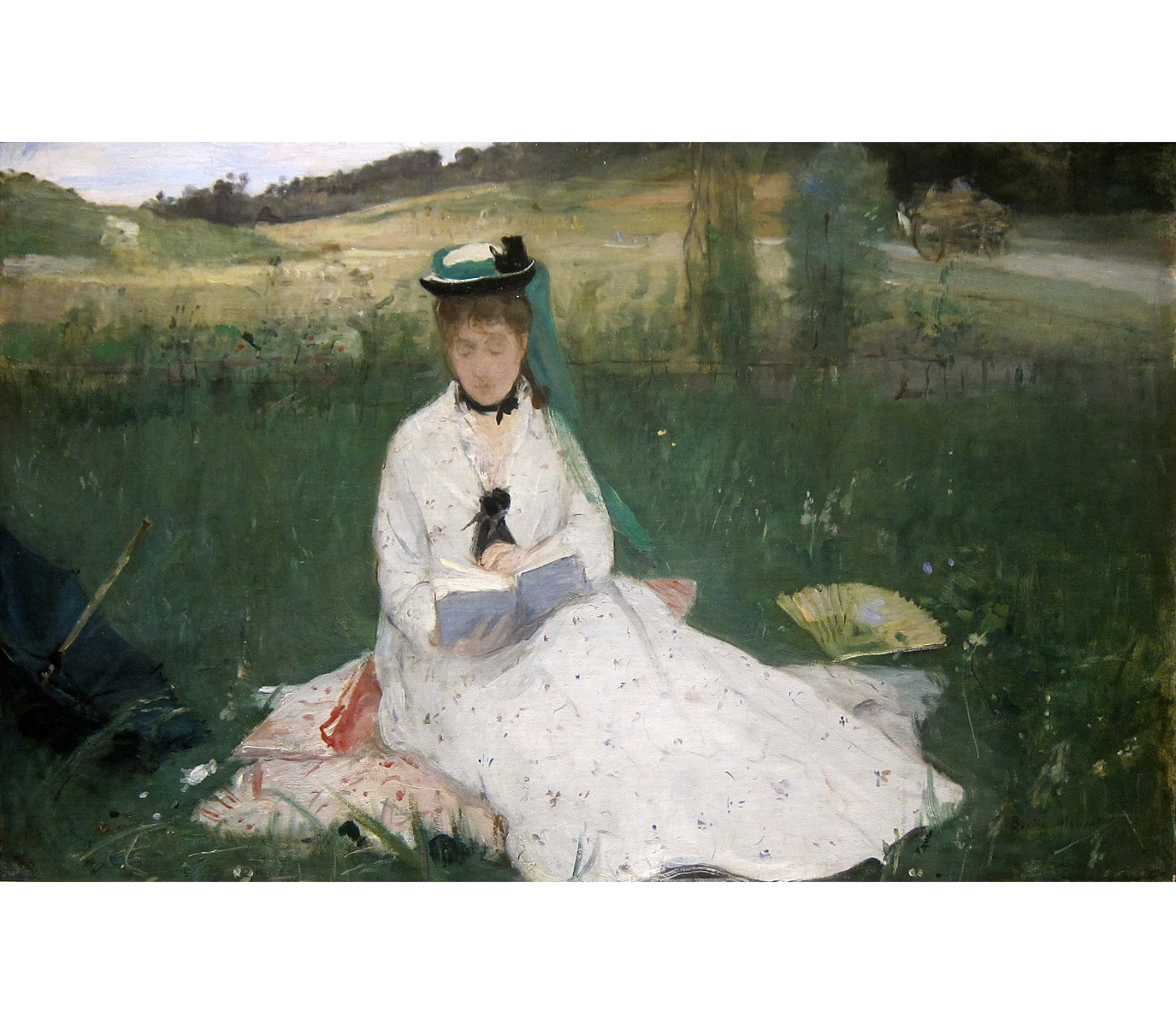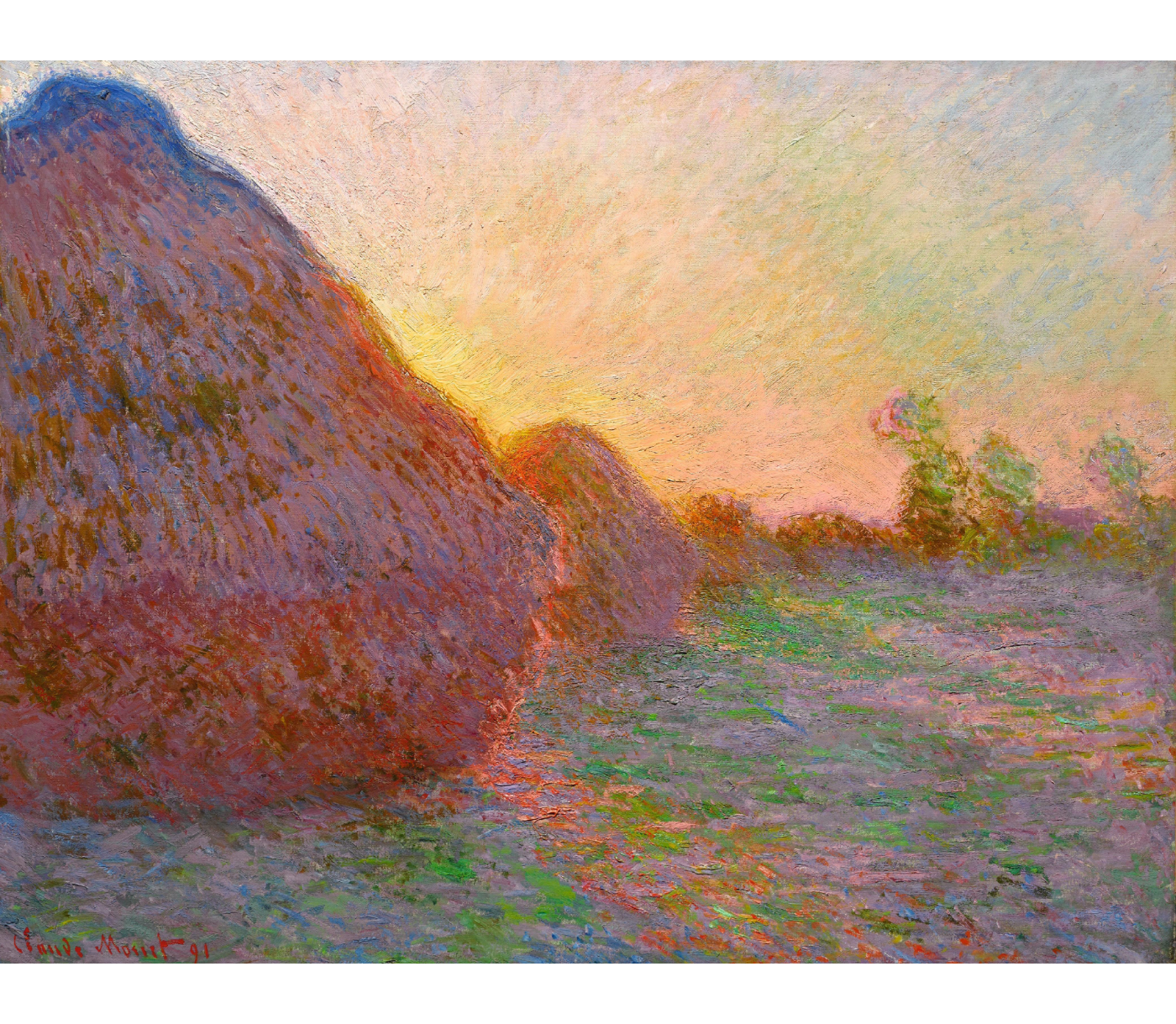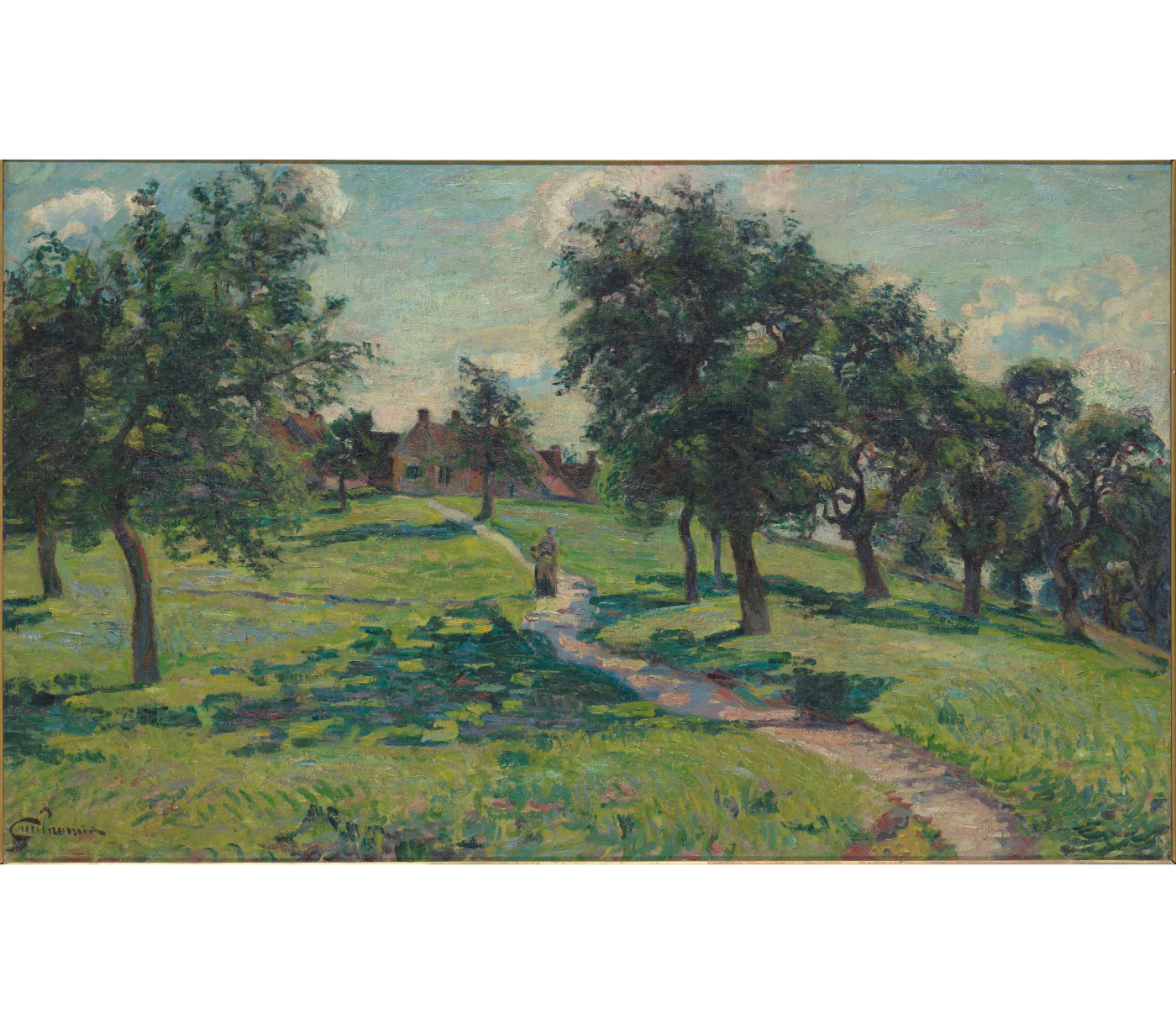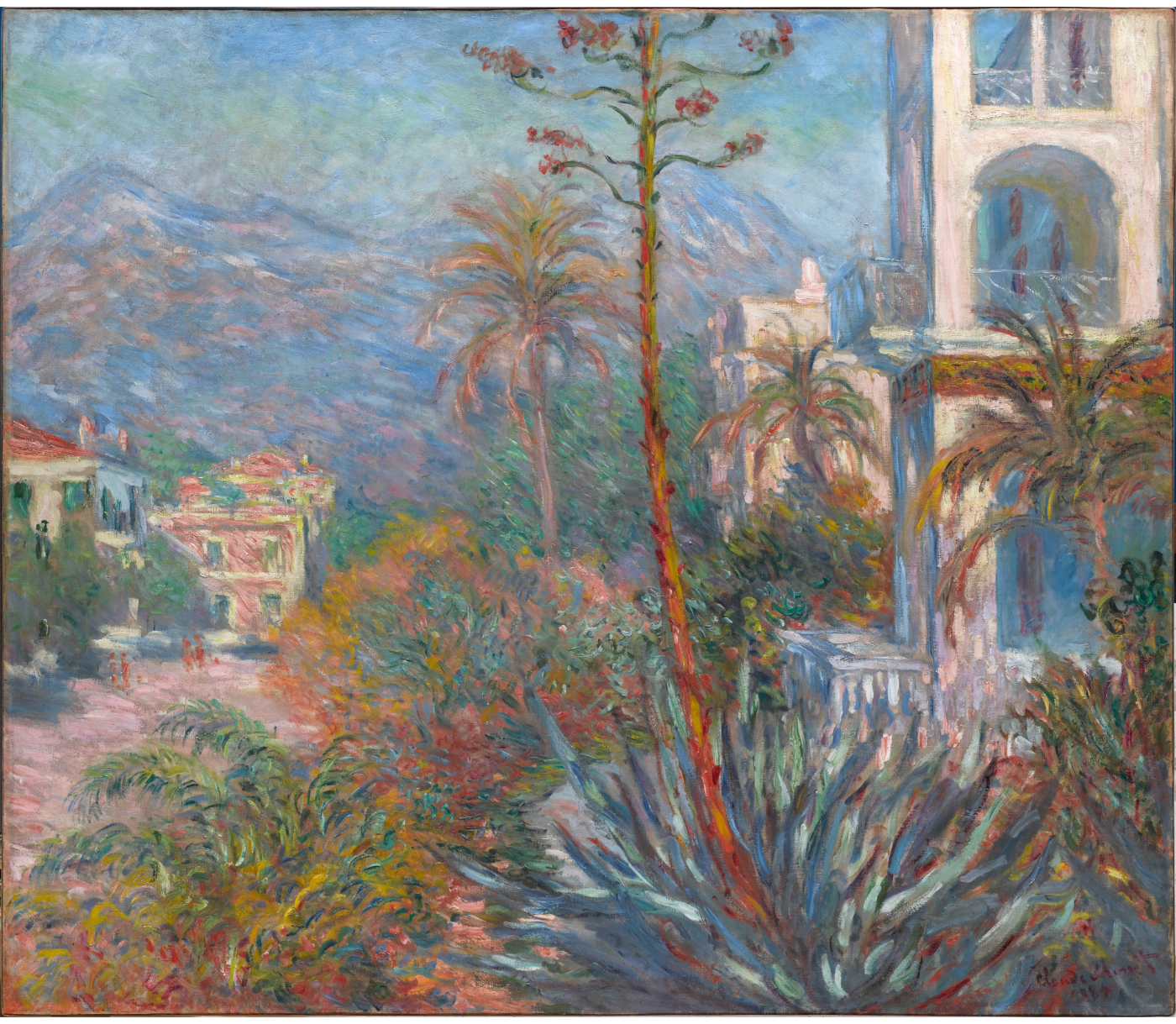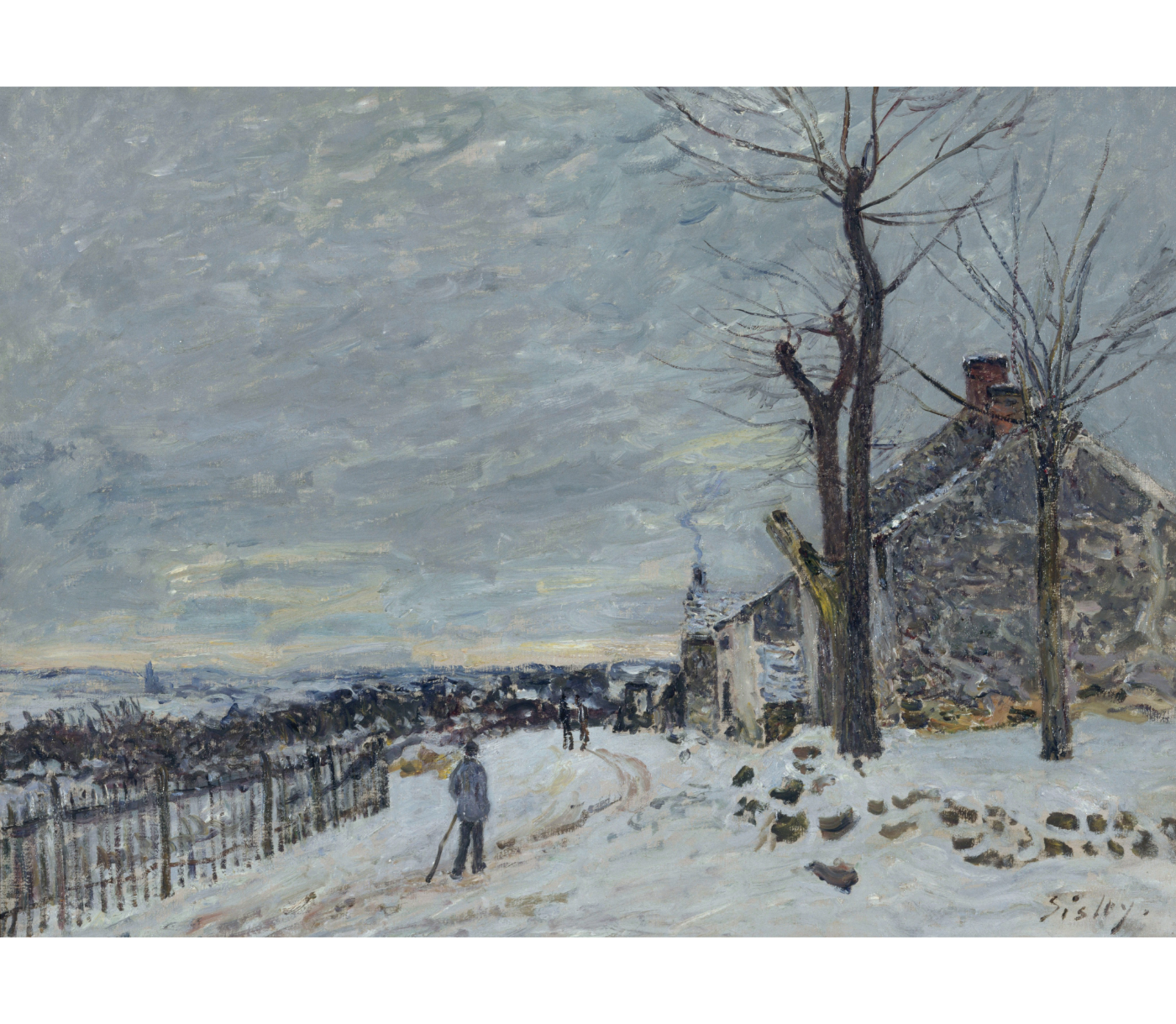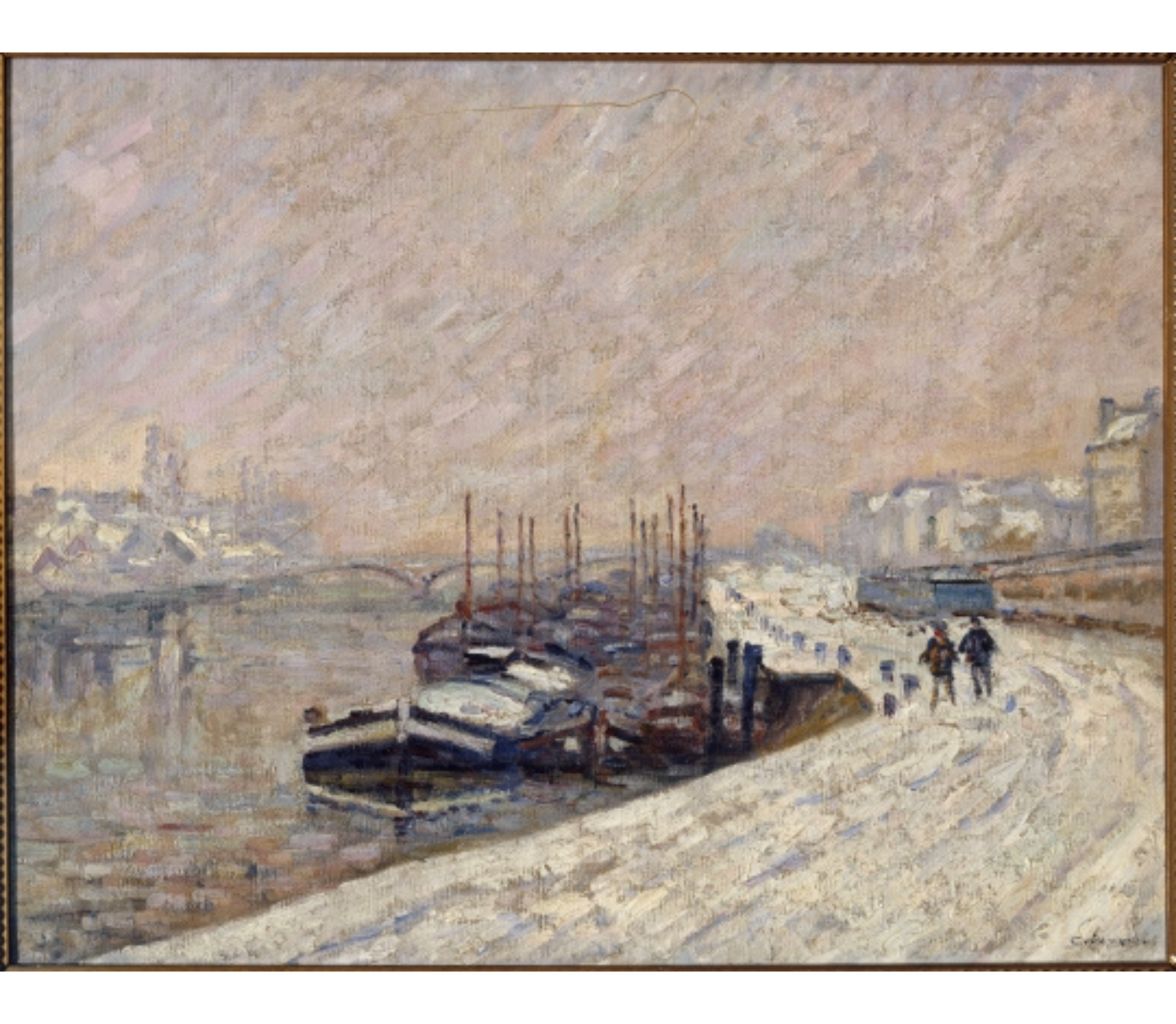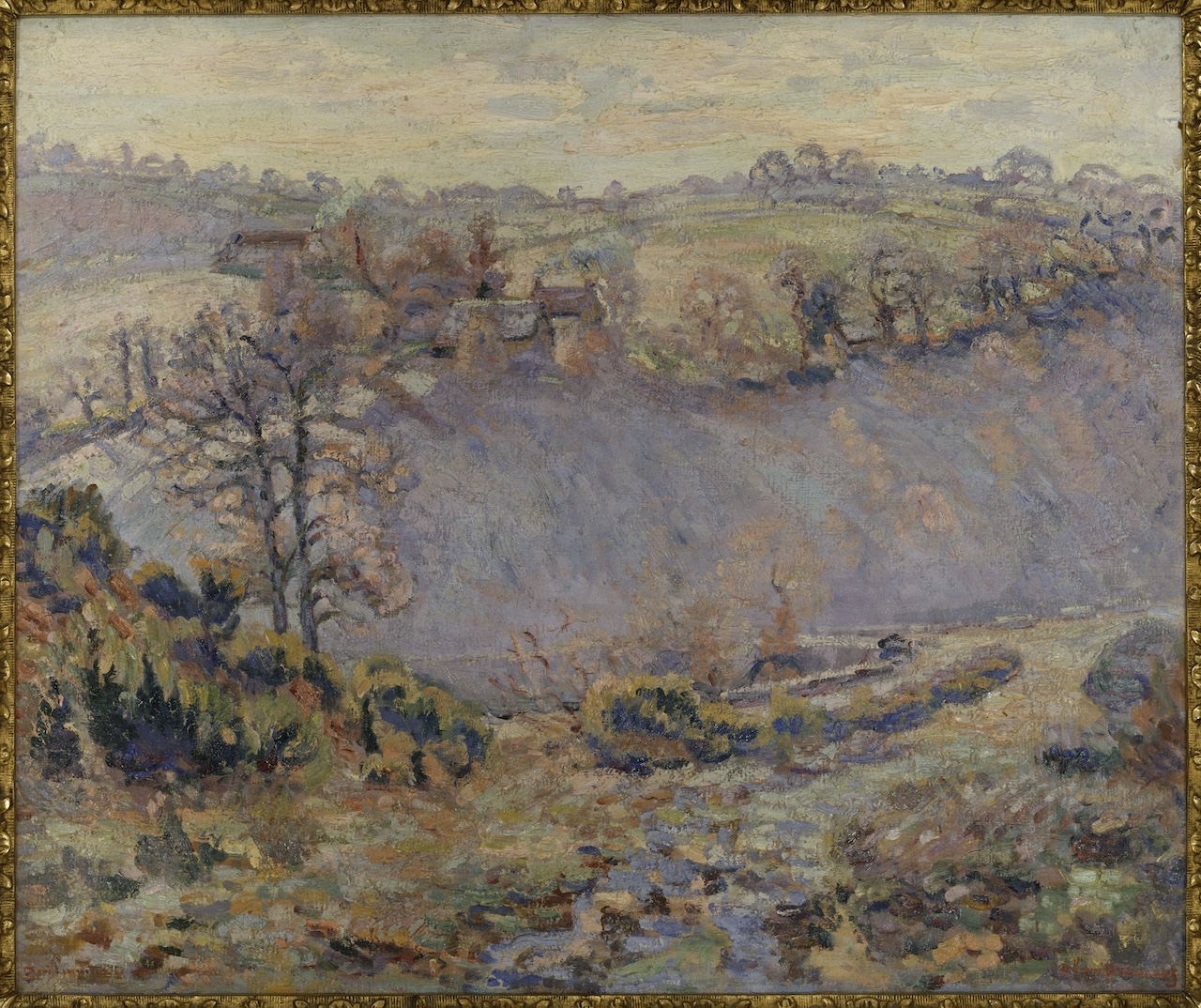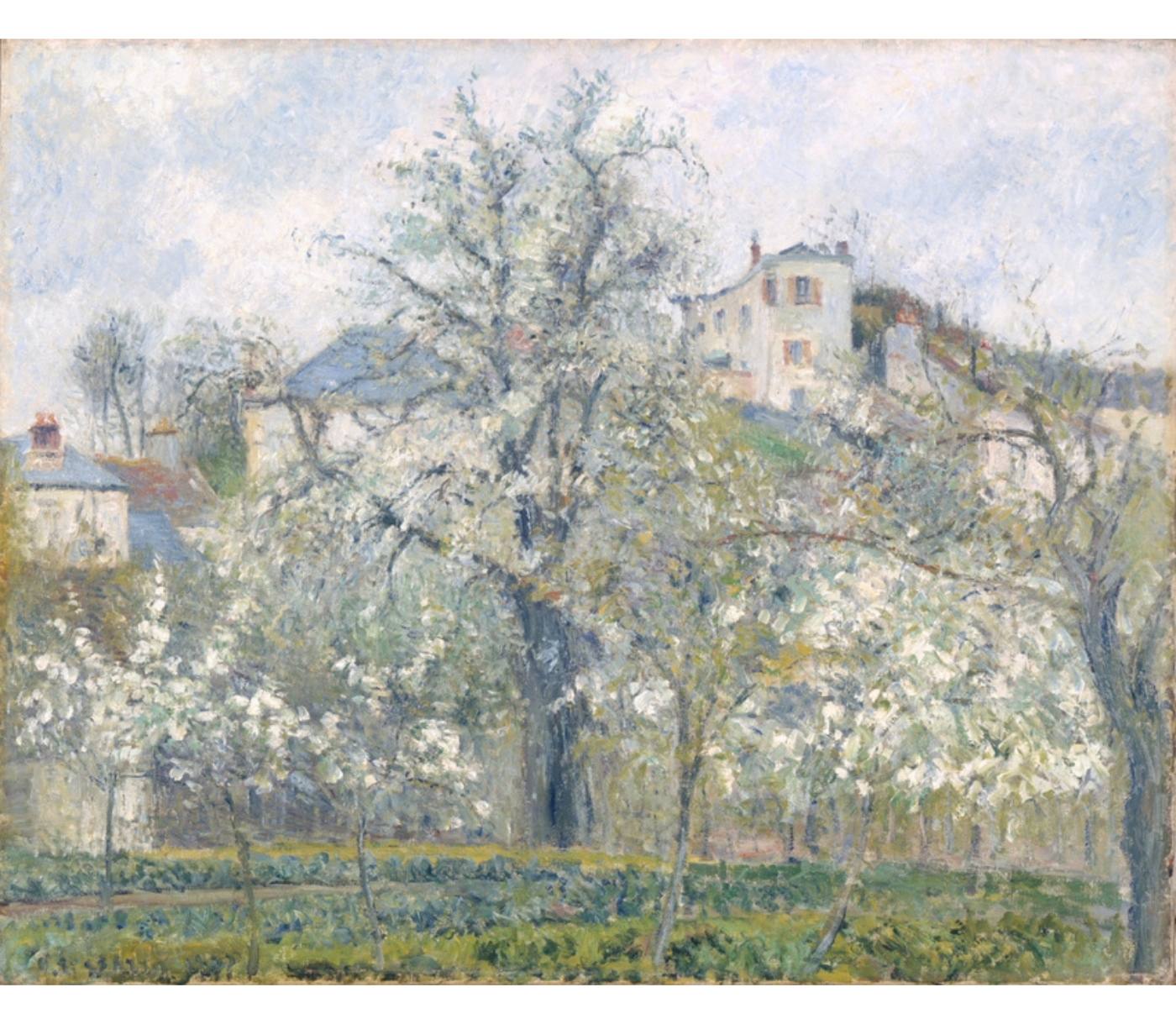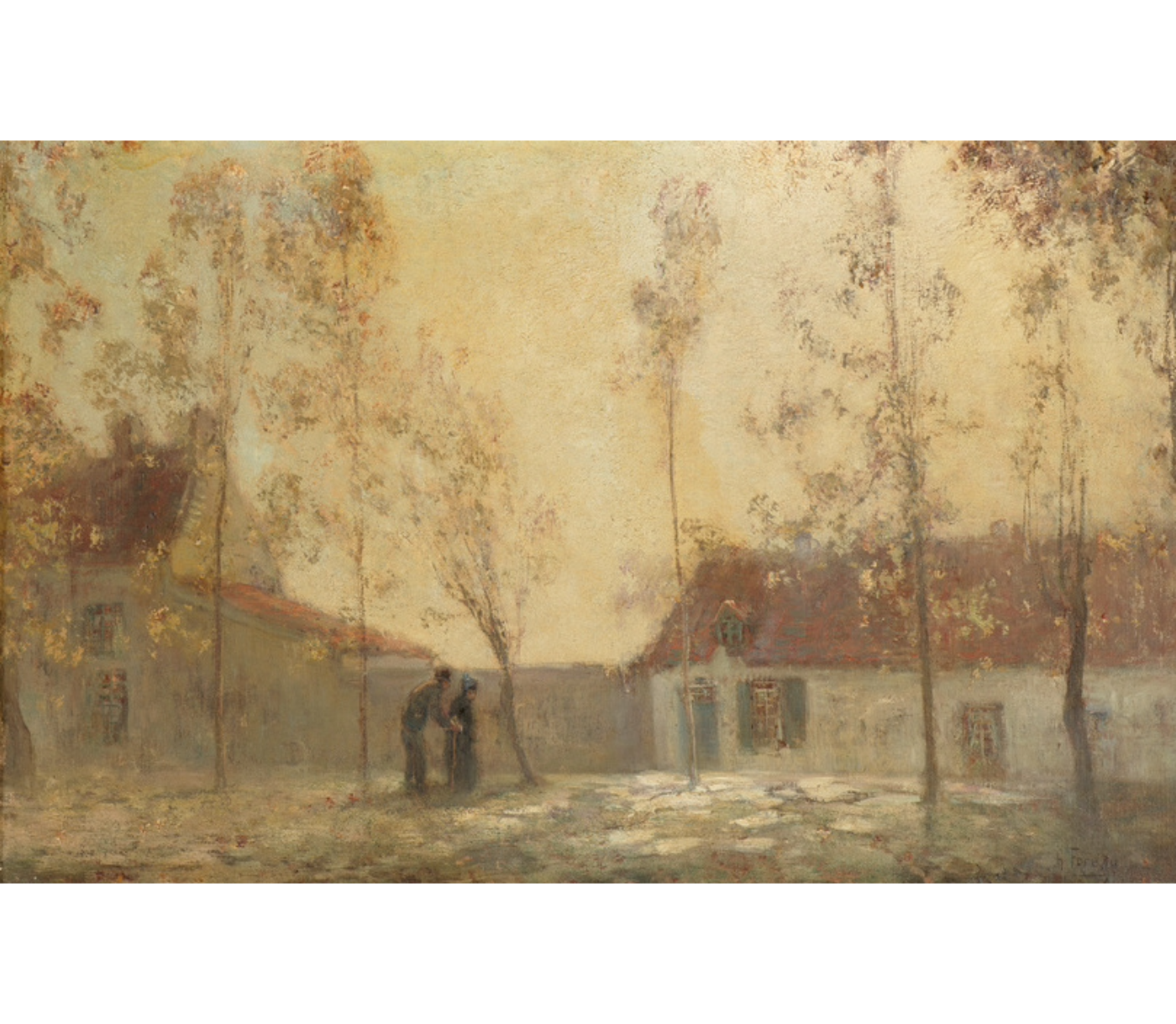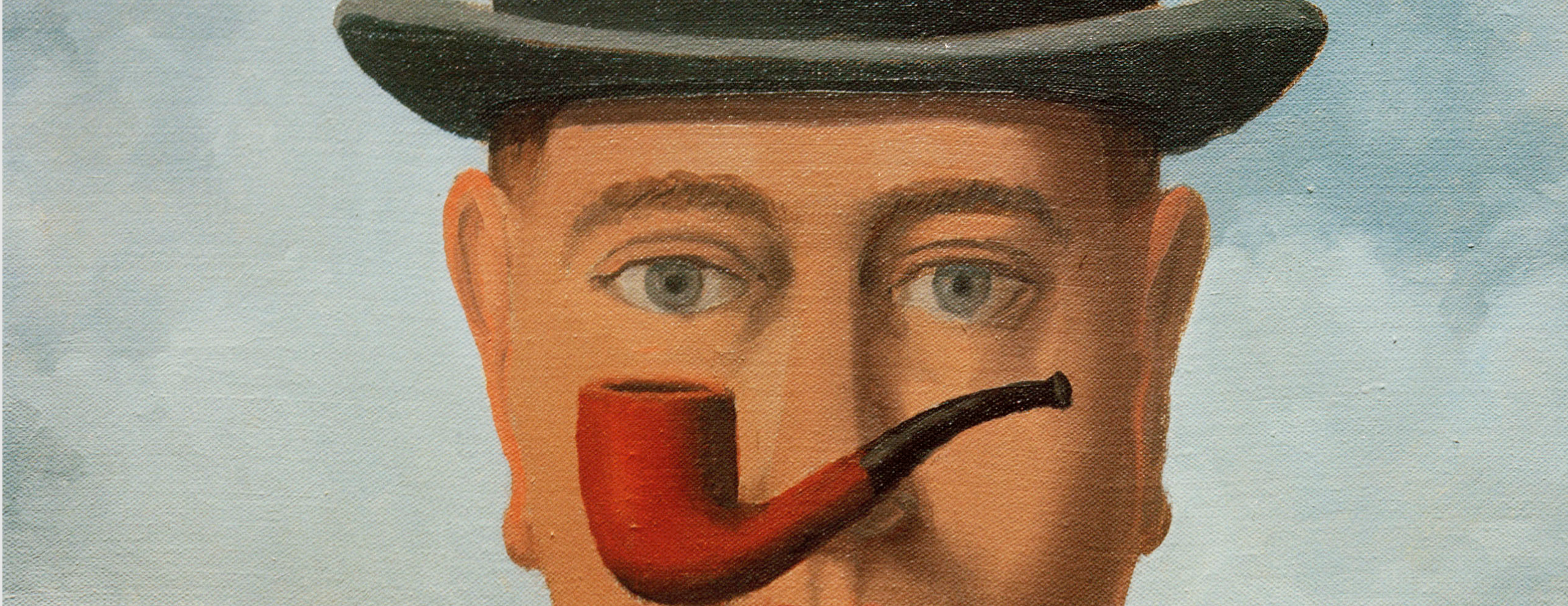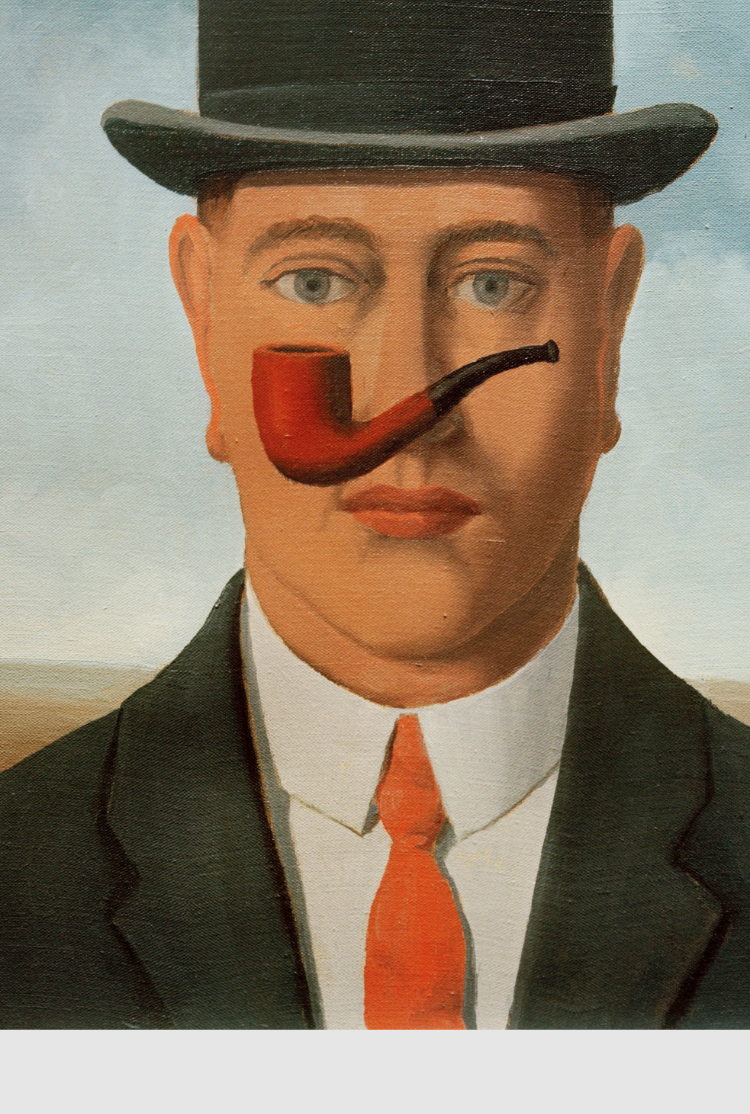Let’s get away from the cold and take ourselves off to the south of France! In the late 19th century, the name “Côte d’Azur” makes its first appearance to designate the region, which is enjoying increasing popularity. Previously, the Provençal climate was deemed too hot, unpleasant, even bad for the digestion!
But things are changing as the century comes to an end: the region (like Italy’s shores) is becoming a holiday destination for the wealthiest.
The impressionists also make their way there and play a key role in this transformation. By painting the beauty of the Mediterranean’s landscapes and blue skies, they help make this climate more appealing.
By the way, scientists officially define the term “Mediterranean climate” in 1929, reflecting the growing interest in the region!
